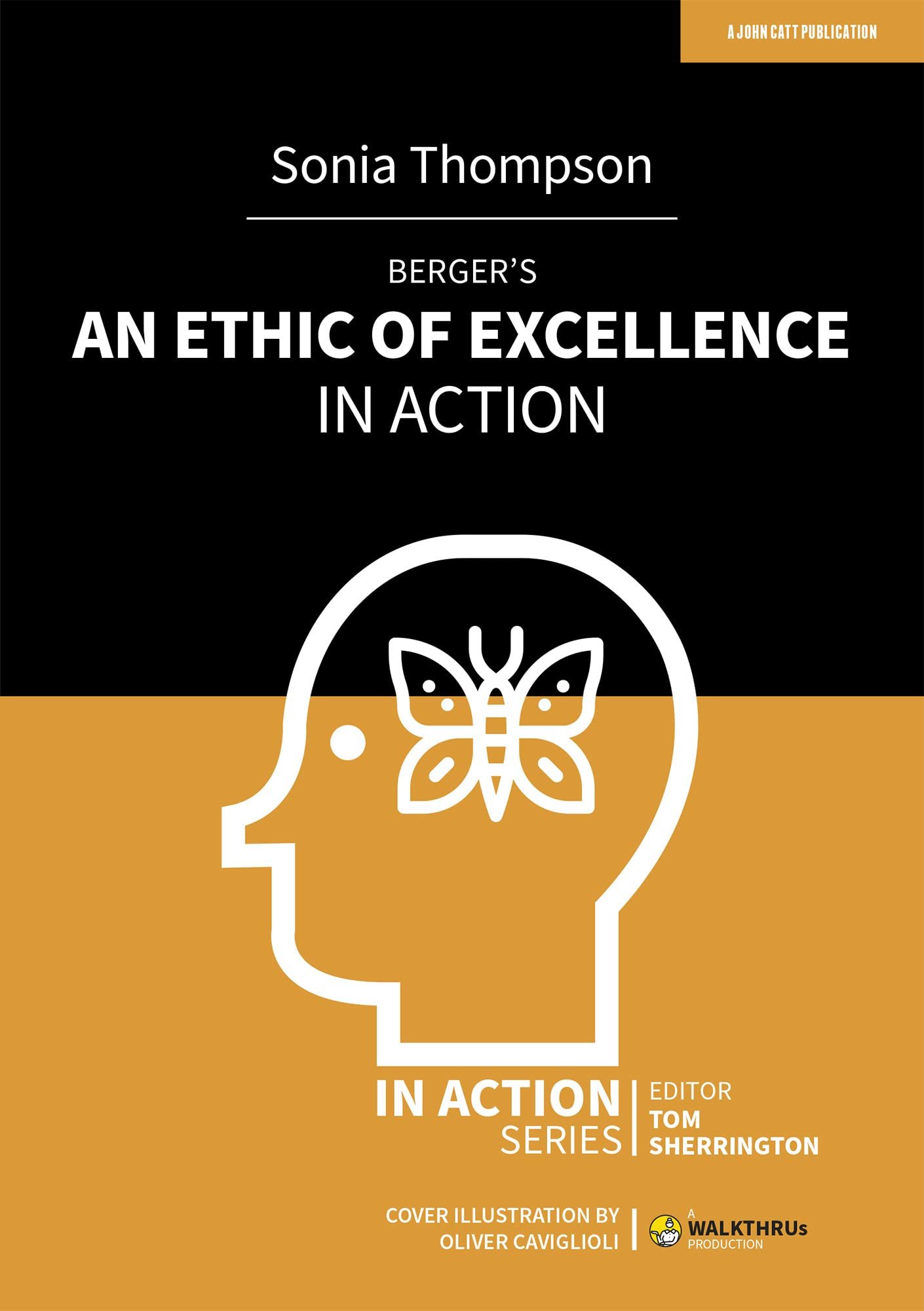Sonia Thompson on Ron Berger
The In Action series of educational books from publishers John Catt was catalysed by editor Tom Sherrington’s original, and very successful, Rosenshine’s Principles in Action. The subsequent volumes have followed the same pattern: short, well-structured examinations of educational research, which ‘translate’ this in practical ways for teachers.
As Sonia Thompson says in the latest volume, Berger’s An Ethic of Excellence in Action, this is slightly different, being based on a single book, Ron Berger’s well-known An Ethic of Excellence, rather than an evidence base or theory. As a headteacher, Sonia Thompson shows how powerful Berger’s influence has been in her career, and now in her school (St Matthew’s CE Primary School, Birmingham). Her situation is utterly different to mine - different country, different level, different socio-economic background - but all the core values and processes she highlights from Berger’s book are universally applicable, and any teacher or school leader is going to find her analysis helpful. As Berger writes in his Foreward,
In life we are not measured by test scores, but rather by two things - the quality of who we are as human beings, and the quality of the work we do. School is a place to cultivate character in children and to produce beautiful work - to contribute to a better world.
That word ‘beautiful’ is too rarely used about education, perhaps out of misplaced embarrassment, but it is right, and as educators we have a moral imperative to encourage and put in processes to enable it.
As Thompson points out, this striving for excellence is
Never fast. Rather, it is slow and deliberate and takes patience and time.
It comes from intellectual clarity in the first instance, and then requires clarity of implementation. Three ‘toolboxes’ are examined : A School Culture of Excellence, Work of Excellence, and Teaching of Excellence, and three chapters take us through these in turn, incorporating case studies from other teachers and leaders.
Before these, Chapter 1 examines Berger’s most famous ‘moment’, the video clip “Austin’s Butterfly” (see below). The simple and true lessons from this film are always resonant: the importance of improvement, of critique and kind feedback, of high standards.
These are echoed in Chapter 2 on school culture, a good example of which is a chart on ‘End of day dismissal’ at St Matthew’s, a model of well-thought-through routines. Chapter 3 focusses on a key facilitator of improvement: the use of models and drafting. As a secondary English teacher, I see these as more and more important, but they do need high levels of teacher expertise and subject knowledge. We should be reading as much as possible, seeking out examples of excellence, and opening them up to our pupils (rarely will they come across them on their own, unless they are in the minority of children who read extensively). Teachers should be modelling how to compose, how to select vocabulary, how to think through an essay (any technology will do here - the blackboard of the past, the whiteboard, the iPad, the visualiser - read more here). Drafting is something that pulls against the nature of teenagers (and also of their pressurised teachers); we have found shared Google Docs, in which Transition Year pupils can draft and re-draft extended literary essays and creative work, helpful. ‘Making work public’ is also enormously powerful. Art teachers have always known this, and our Department blog SCC English, was effective for in the early years after it started in 2006, including the spin-off productions of ‘real-life’ books of writing by pupils via the Lulu platform.
The final full chapter looks at Teaching of Excellence and how teachers can continue improving their practice, resulting from
the dogged determination to help our students to echoed beyond what they think is possible.
That’s enough from me: the book itself is short and needs no more introduction. It is in itself, appropriately, a model of excellence.
Austin’s Butterfly:
